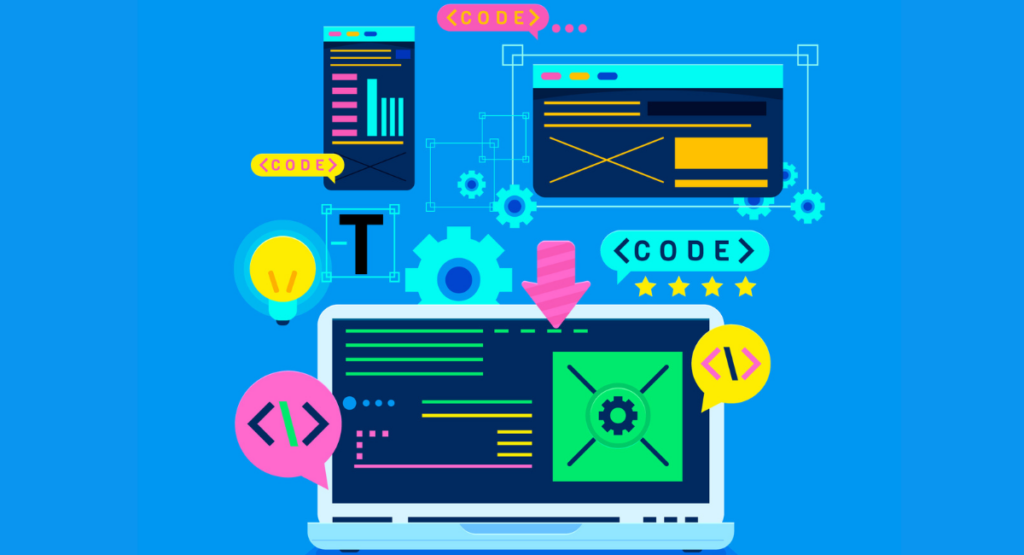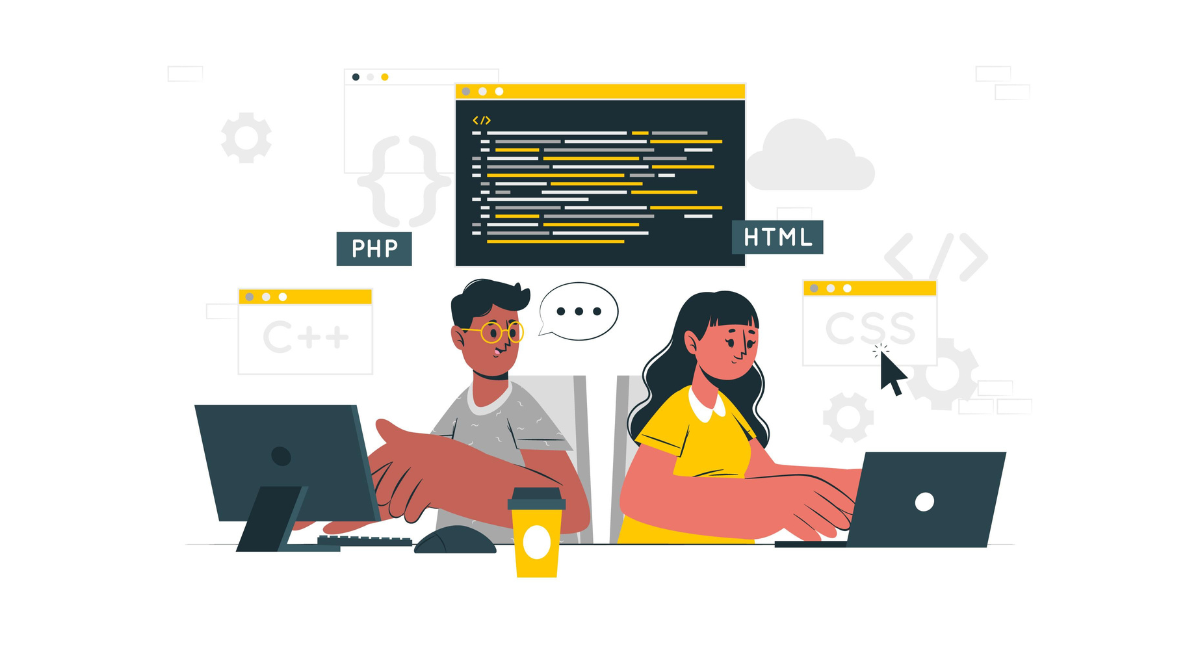Testing one's own code is a common practice among developers, most of whom are driven by various factors such as meeting project deadlines, minimizing costs, and a sense of responsibility unto oneself.
However, more often than not, this entails a good deal of blind spots which inherently compromise the quality and functionality of the software.
These blind spots mean missing defects, less-robust applications, and finally, a less-satisfied end-user. All these limitations should be known to developers in order for them to enhance their self-testing methods and provide better-quality deliverables.
In this blog, we'll discuss common blind spots developers have when testing their own code and strategies that could be applied to mitigate these problems.
Common Blind Spots Developers Have When Testing Their Own Code

Lack of Objectivity
The significant blind spot in testing one's own code is the lack of objectivity. As closely as they are and as involved in the creation of the software, developers usually develop a kind of 'tunnel vision' focused on how the code should work, rather than how it could fail.
This creates a sort of bias that might miss errors or misjudge user experience because the developer is too attached to how the code was intended to function.
An unbiased view in testing is important to ensure all corners of the software are covered and, as such, have a wide array of user interactions that a developer might not anticipate.
Assumption of Correctness
Another common blind spot is the assumption of correctness. Developers who write code often proceed under the assumption that their code is correct and works as intended.
This presumption can prevent them from rigorously testing the code or considering edge cases, where the software might behave unpredictably.
The assumption of correctness can particularly be a problem when dealing with complex algorithms or logic, where unforeseen interactions between components can lead to subtle but critical issues.
Incomplete Test Coverage
Incomplete test coverage is a prevalent issue when developers test their own code. They might not create tests for all possible use cases or fail to consider specific user paths, particularly those that are less obvious or typically underused.
Moreover, developers might skip writing tests for code that seems trivial or reliable enough, which can lead to unexpected failures in production. Effective test coverage should include:
- A wide range of input values, including edge and corner cases.
- Different user environments and configurations.
- Both positive and negative test scenarios.
Impacts of Developer Blind Spots on Code Quality

Increased Bugs in Production
One of the most direct impacts of these blind spots is an increase in the number of bugs that make it into production.
When issues such integrity lapses, incorrect assumptions, or untested paths aren’t caught during development, they are likely to surface when the application is deployed and used in real-world environments.
This not only affects the reliability of the software but also can lead to more severe issues, such as security vulnerabilities or data corruption.
Lowered User Satisfaction
Blind spots in developer testing can massively influence user satisfaction. With every bug, lousy functionality, or poor usability that users encounter, and which was not detected during testing, their satisfaction with the software goes down.
This may result in bad reviews, low user engagement, and sometimes even the loss of customers. Enough scenarios should be covered in the testing process that properly imitate how users will really interact with the software to enhance user satisfaction.
Technical Debt Accumutation
To sum up, developers finally create technical debt with their blind spots. Bugs and inadequacies, if not taken care of from the very beginning, add up over time and lead to situations in which resources must be divested into the underlying issues.
This refactoring sucks time and effort away so that new feature development is curtailed and innovation is stifled. This risk can only pragmatically be kept within reasonable bounds by regular, objective review processes like code reviews and QA testing made by the other members of the team.
Strategies to Overcome Developer Blind Spots in Code Testing
Peer Code Reviews
This is a strategy that developer blind spots need to overcome. By involving one's colleagues in a critical evaluation of the code before it merges into the main branch, developers get the ability to harness the input of various perspectives and experience.
The approach brings forth possible errors that the original coder may have overlooked, not to mention the culture that is built from a team environment of shared information.
They importantly help standardize coding practices in the team and also drive the congregation of best practices.
Some of the proposed ways in which a peer review can be effectively done are to use checklists which the reviewers can pass, provide a limited amount of code in one review for attention and focus, and create an environment where constructive criticism is endorsed and taken positively by all.
Automated Testing Tools
Automated testing tools help in a great way to detect so-called blind areas, which may go unnoticed during manual testing by developers.
Tests like that are run over and over again with great agility in a suite of many tests, which is very important for regression testing, so newly made changes do not break other existing functionalities.
Tools such as Selenium for web applications, JUnit for Java applications, among others that are applications for different development environments, can be set up to cover different states of the application performance testing to security validation.
In addition, these types of automated tests can be easily run from time to time on a regular basis and reduce the probability of human error to a minimum, while developers can spend their time on more complicated testing cases that require their personal involvement.
Continuous Integration and Deployment Practices
Introducing CI and CD practices would reduce the blind spots that a developer has. Both CI and CD processes help automate integration of code changes made by multiple contributors into a shared project.
This way, the system makes sure that new code is run through tests immediately and, in any case, gives fast feedback on potential issues.
This constant approach makes it possible to detect errata in early software development, decreasing the number of bug introductions into production to the maximum extent.
There are a few key ingredients to fostering CI/CD success, such as having a solid set of automated tests in place, clear and concise commit-message protocol, and making sure that any piece of code is test-worthy prior to integration.
More automated deployment scripts, to have the application deployed in a uniform way, can limit the occurrence of human errors during the deployment stages.
Book a Demo and experience ContextQA testing tool in action with a complimentary, no-obligation session tailored to your business needs.
Conclusion
In summary, testing one's own code is a common practice among developers but comes with significant blind spots that can impede the reliability and performance of software.
These include familiarity bias, tunnel vision, the halo effect, assumption of rationality, and oversight of negative scenarios. While self-testing can expedite the development process, it often falls short in uncovering subtle bugs or security vulnerabilities that an impartial tester might catch.
To improve software quality, developers should consider incorporating pair programming, code reviews, and involving a dedicated quality assurance team in the testing phases.
Balancing self-testing with external reviews not only enhances code robustness but also fosters a culture of continuous learning and improvement.
Remember, the goal of testing isn't just to confirm the code works as expected, but to discover how it might fail under unexpected circumstances.
Also Read - The Developer vs QA Mindset: Why Both Roles are Essential for Quality Software
We make it easy to get started with the ContextQA tool: Start Free Trial.
